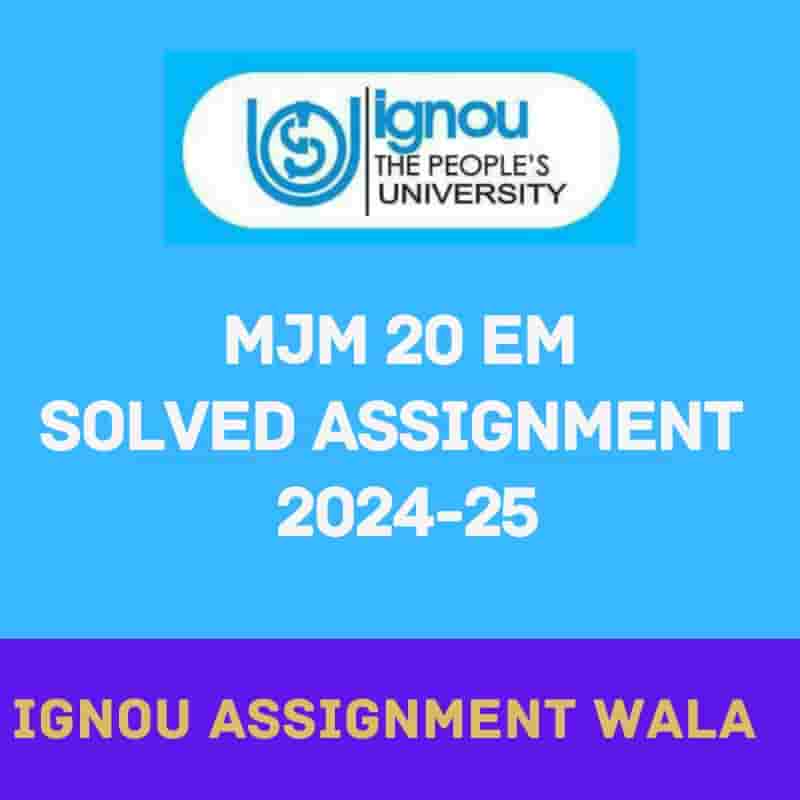1. In light of a prominent theory or model in journalism and mass communication, critically
analyze a significant media event or trend from the past year. How does this event or
trend illustrate or challenge the chosen theory? Provide specific examples and insights in
your analysis. (400 words)
Title: Framing Theory Analysis of COVID-19 Media Coverage
In the realm of journalism and mass communication, framing theory stands as a cornerstone for understanding how media shapes public perception by emphasizing certain aspects of an issue while downplaying others. Over the past year, the COVID-19 pandemic has served as a litmus test for the application of framing theory in media coverage worldwide.
The pandemic, characterized by its unprecedented global impact, has been dissected and disseminated through various media channels, offering a rich landscape for framing analysis. One prevalent frame observed in media coverage is the “crisis” frame. News outlets across the globe framed COVID-19 as an existential threat, emphasizing the rising death tolls, overwhelmed healthcare systems, and economic turmoil. This framing evoked fear and urgency among the public, compelling them to adhere to public health guidelines and government mandates.
For instance, headlines such as “COVID-19 Death Toll Surpasses X Million Worldwide” or “Hospitals Struggle to Cope with Surge in COVID-19 Cases” exemplify the crisis frame, focusing on the severity of the situation and its dire consequences. This framing strategy aimed to mobilize public support for measures like lockdowns, social distancing, and vaccination campaigns.
However, alongside the crisis frame, another prevalent frame emerged – the “resilience” frame. This frame highlighted stories of communities coming together, frontline workers risking their lives to save others, and scientific breakthroughs in vaccine development. By emphasizing resilience and hope, media outlets aimed to counterbalance the overwhelming negativity associated with the crisis frame and instill a sense of optimism among audiences.
For example, stories of recovered COVID-19 patients sharing their experiences, community-led initiatives to support vulnerable populations, and vaccine distribution success stories portrayed a narrative of perseverance and human ingenuity amidst adversity.
Moreover, the pandemic also underscored the importance of the “media framing” frame itself. As audiences were bombarded with conflicting information, ranging from conspiracy theories to expert opinions, media literacy became paramount. Audiences were forced to critically evaluate the framing strategies employed by different news sources, discerning between fact-based reporting and sensationalized narratives.
Additionally, the pandemic highlighted disparities in media framing across different demographic groups. For instance, marginalized communities often experienced disproportionate impacts of the pandemic, yet their stories were underrepresented in mainstream media coverage. This disparity underscored the need for more inclusive and representative framing practices in journalism.
In conclusion, the COVID-19 pandemic has served as a compelling case study for framing theory in journalism and mass communication. By analyzing media coverage through the lens of framing theory, we can better understand how the portrayal of crises shapes public perception and behavior. Moreover, the pandemic has underscored the need for responsible and ethical framing practices that prioritize accuracy, balance, and inclusivity in media reporting.
2. Considering what you have learned about media ownership, select a recent case where
media ownership significantly influenced the coverage of a major event or shaped a
media trend. How did the ownership structure impact the narrative, and what does this
reveal about the relationship between media ownership and journalistic practice.
(500 words)





